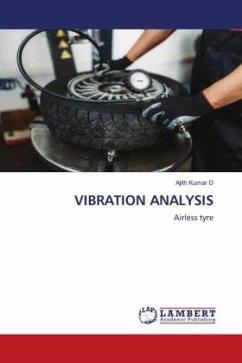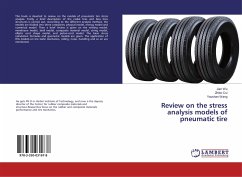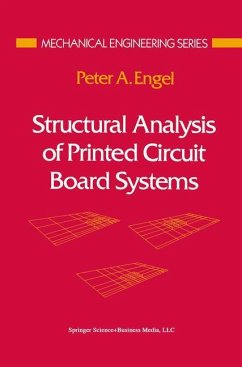
Pneumatic Circuit
Versandkostenfrei!
Versandfertig in 6-10 Tagen
30,99 €
inkl. MwSt.

PAYBACK Punkte
15 °P sammeln!
High Quality Content by WIKIPEDIA articles! A pneumatic circuit is an interconnected set of components that convert compressed gas (usually air) into mechanical work. In the normal sense of the term, the circuit must include a compressor or compressor-fed tank. In physics, mechanical work is the amount of energy transferred by a force acting through a distance. Like energy, it is a scalar quantity, with SI units of joules. The term work was first coined in 1826 by the French mathematician Gaspard-Gustave Coriolis. The SI unit of work is the joule (J), which is defined as the work done by a for...
High Quality Content by WIKIPEDIA articles! A pneumatic circuit is an interconnected set of components that convert compressed gas (usually air) into mechanical work. In the normal sense of the term, the circuit must include a compressor or compressor-fed tank. In physics, mechanical work is the amount of energy transferred by a force acting through a distance. Like energy, it is a scalar quantity, with SI units of joules. The term work was first coined in 1826 by the French mathematician Gaspard-Gustave Coriolis. The SI unit of work is the joule (J), which is defined as the work done by a force of one newton acting over a distance of one meter. This definition is based on Sadi Carnot's 1824 definition of work as "weight lifted through a height", which is based on the fact that early steam engines were principally used to lift buckets of water, through a gravitational height, out of flooded ore mines. The dimensionally equivalent newton-meter (N·m) is sometimes used instead; however, it is also sometimes reserved for torque to distinguish its units from work or energy.












